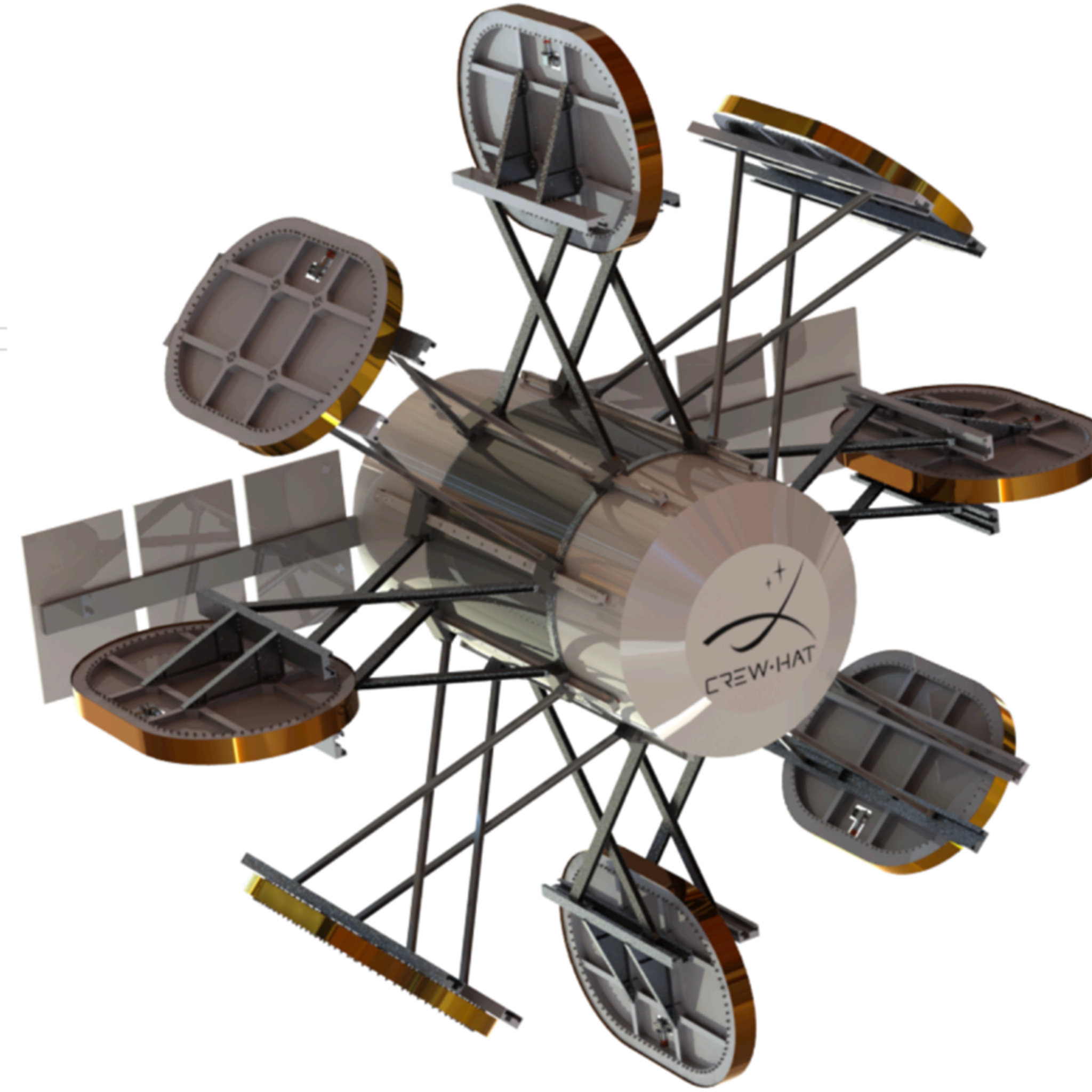
Elena D’Onghia
University of Wisconsin, Madison
The 21st century will be when human space exploration gets off the ground. NASA’s priority is to send humans back to the Moon in 2024 with the Artemis mission and travel to Mars in the next decade. In parallel, SpaceX and Blue Origin companies are developing the technology to make human access to space routine. However, achieving this goal is only possible if we can protect the humans we send to space from the damaging effects of cosmic rays and energetic solar radiation. The health risks to astronauts associated with chronic exposure to radiation in space include carcinogenesis, cardiovascular damage, and degradation of the central nervous system. Since the Earth’s magnetic field is responsible for protecting us on Earth’s surface, a logical solution to the problem would be to have a spacecraft bring along its equivalent magnetic field. Here we propose CREW HaT, a new concept for a Halbach Torus (HaT), which consists of light, deployable, mechanically supported magnetic coils activated by a new generation of high-temperature superconducting tapes which have recently become available. This configuration produces an enhanced external magnetic field that diverts cosmic radiation particles, complemented by a suppressed magnetic field in the astronaut’s habitat. The HaT geometry has never been explored before in this context or studied in combination with modern superconductive tapes. It diverts over 50% of the biology-damaging cosmic rays (protons below 1 GeV) and higher energy high-Z ions. This is sufficient to reduce the radiation dose absorbed by astronauts to a level that is <5% of the lifetime excess risk of cancer mortality levels established by NASA.





























